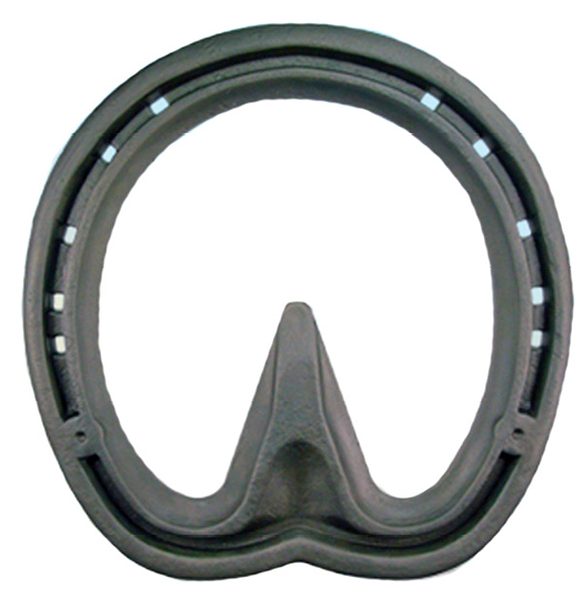American Farriers Journal
American Farriers Journal is the “hands-on” magazine for professional farriers, equine veterinarians and horse care product and service buyers.

When Burney Chapman reintroduced the heart bar, it revolutionized equine hoof-care. Countless horses have survived the scourge of laminitis and founder as a result of the work put forth by the late Lubbock, Texas, shoer.
Although heart bars forever will be linked to laminitis management, they also offer a great benefit for some horses with hoof wounds. Yet, as Chapman reminded hoof-care professionals at the 1984 American Association of Equine Practitioners Convention, “There are many more wrong ways than right ways to use it.”
It was with that spirit that farrier and Hall Of Fame equine veterinarian Hans Castelijns discussed the “Appropriate Use of the Heart Bar When Dealing With Hoof Wounds” at the 2016 International Hoof-Care Summit in Cincinnati, Ohio.
“Many years ago,” he says, “I heard from [Welsh farrier] Grant Moon that you can use heart bears in three ways, as far as the frog plate is concerned — positive pressure, neutral pressure and negative pressure.”
What are these pressures?
Positive pressure. “When the shoe is ready to be nailed on to the trimmed foot, the frog plate makes contact with the frog before the heels of the shoe come in contact with the heels,” Castelijns says. “When nailing the shoe on, the frog is already actively engaged into weight-bearing.”
Positive frog pressure, Castelijns says, is preferred when treating hoof-wall defects such as quarter cracks, laminitis and some hoof wounds because it unloads the affected parts of the hoof wall by recruiting the frog in active weight-bearing.